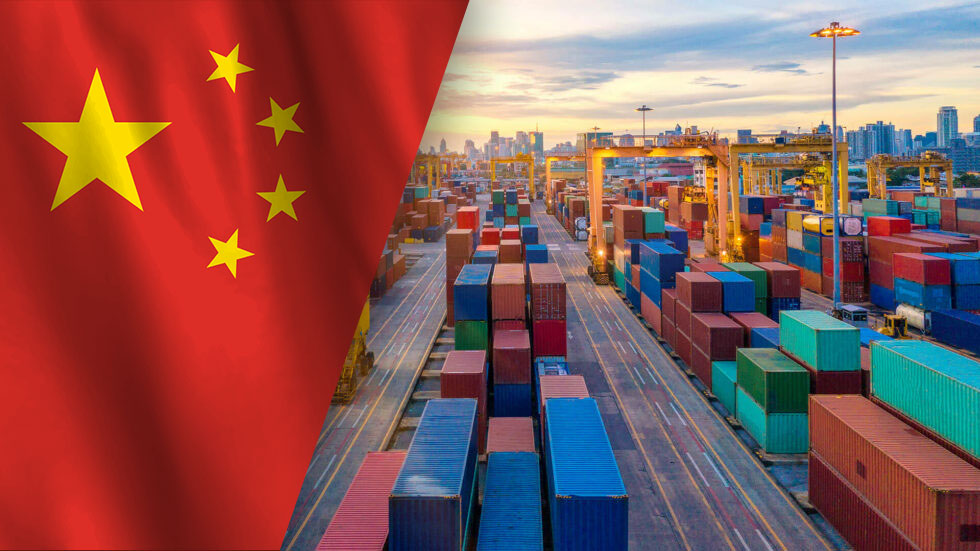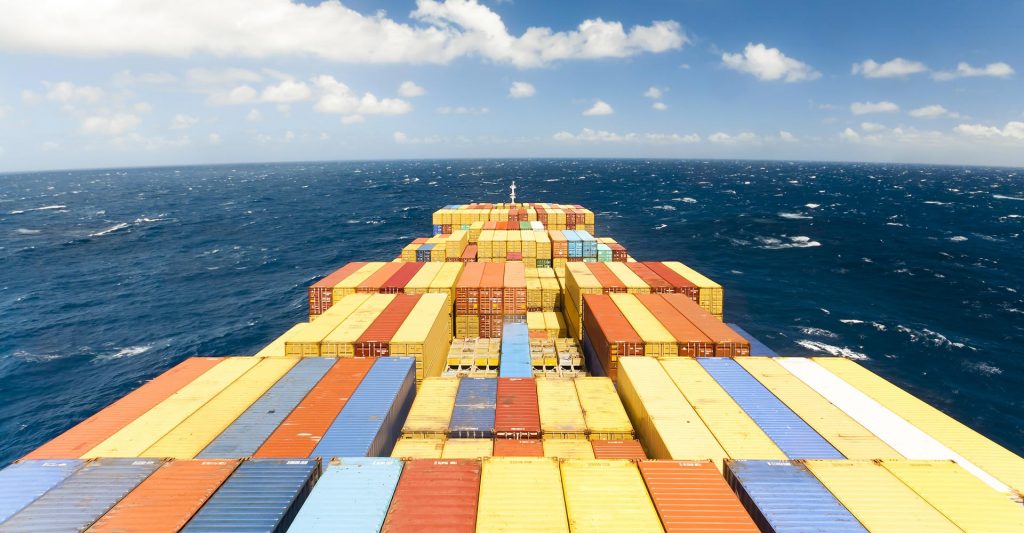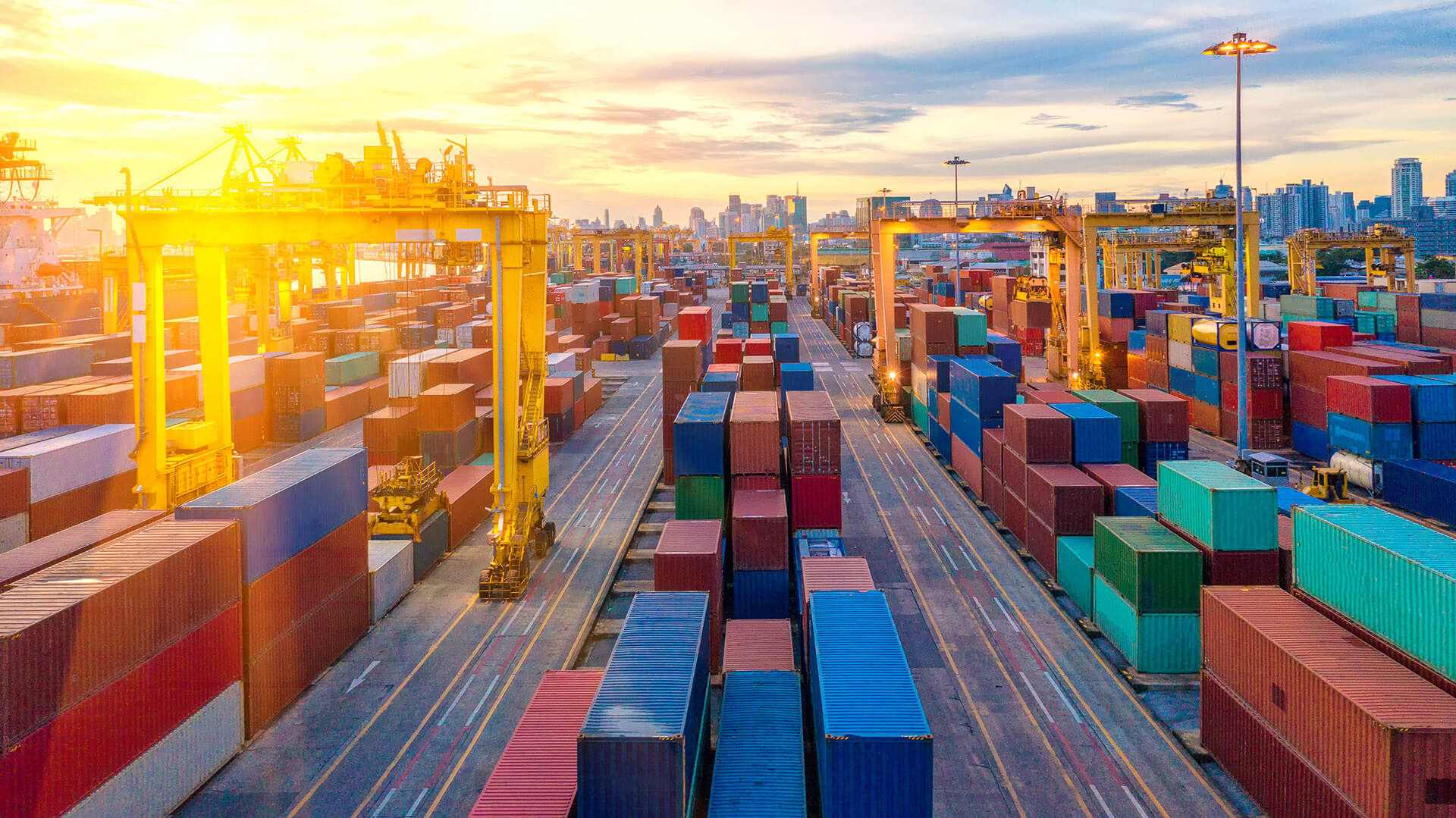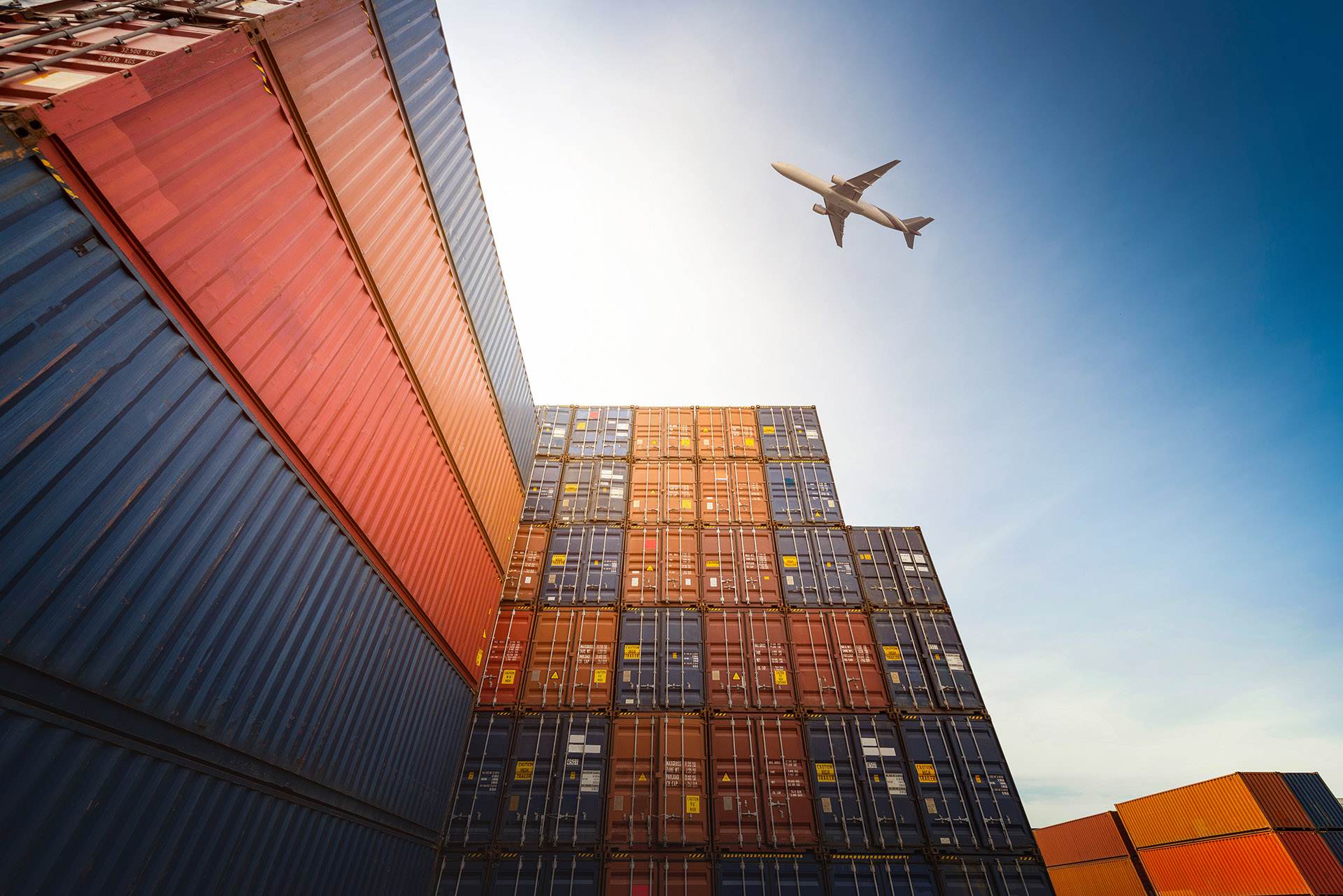Written by Jamie Rodgers, CEO of J.M. Rodgers Co., Inc.
This past Thursday, President Trump unexpectedly announced the imposition of a new set of tariffs, this time on the southern border for imports from Mexico. Unlike the tariffs imposed on Chinese imports, this was not to curb a trade deficit, but an attempt to force the Mexican government to take more significant action to curb migration over the border.
The law cited for this differs from previous tariffs. The President’s statement said they are granted the authority for these tariffs under the International Emergency Economic Powers Act (IEEPA). This act gives broad powers to the President to designate threats originating in foreign countries and then take actions to combat them. Congressional approval is not needed, as the law grants the President unilateral authority to take actions as he sees fit.
The tariffs as announced would start at 5% on June 10th and then increase by 5% on the 10th of each subsequent month until maxing out at 25% in October. President Trump said the raises would happen and the 25% would stay in effect until he believes Mexico has taken significant enough action to curb illegal migration over its northern border with the United States.
The IEEPA has never before been used to impose tariffs on an entire country before. Previously, it has mostly been put into effect for sanctions on countries or organizations accused of supporting terrorism, drug trafficking, or other hostile actions to the United States. There is some disagreement over whether Trump’s tariff imposition is a valid use of this law, which means that the legality of the tariffs will most likely be challenged in court.
Following the announcement, the stock markets have been in turmoil as international companies whose supply chains extend through Mexico have taken a hit. Auto manufacturers are among the hardest hit, as they have moved considerable assembly and operations into Mexico since the passing of NAFTA, but now could potentially see millions to billions in additional costs. American farmers, already reeling from reduced trade with China, also risk further difficulty as retaliation from Mexico could disrupt one of the world’s largest markets for American farm products.
It is not clear if these new duties would be eligible for duty drawback. The tariffs being imposed under the IEEPA are more similar to the steel and aluminum duties from section 232 of Trade Expansion Act of 1962, as both are grounded in national security justifications as a need for the tariffs. Section 232 duties are not eligible for drawback returns, unlike duties that were imposed on imports from China under section 301 of the Trade Act of 1974.
If you have questions on how this would affect your business, please contact our VP of Sales Andrew Galloway at agalloway@jmrodgers.com or 973-726-5340.





